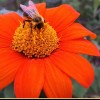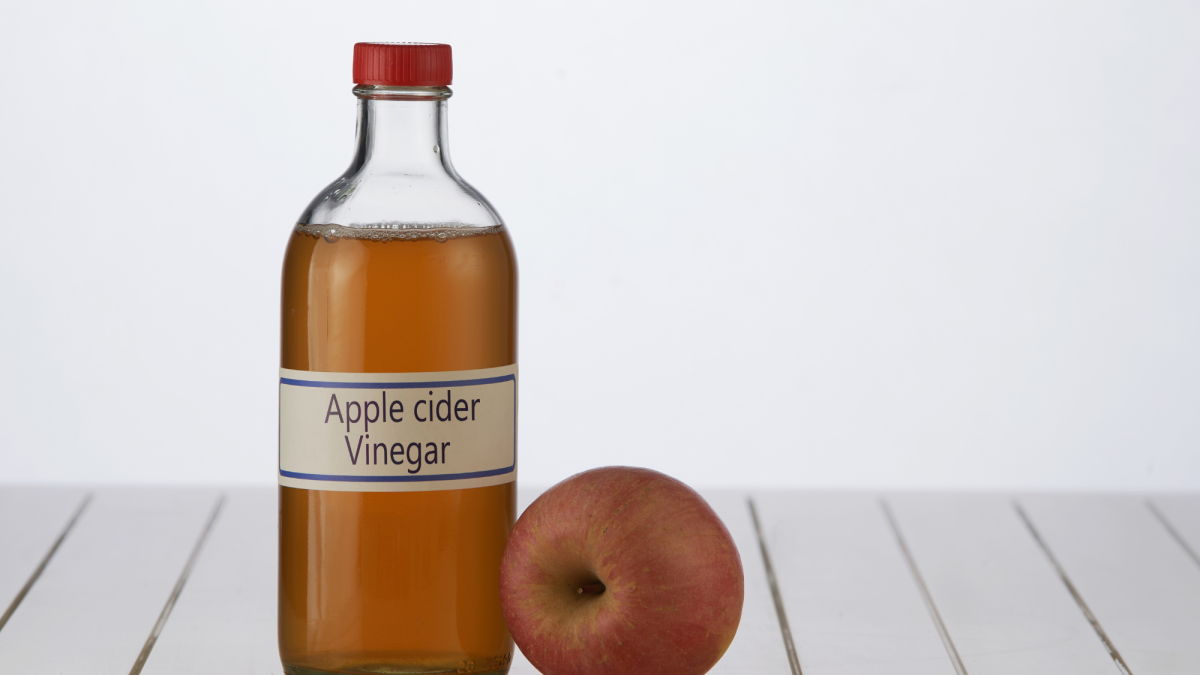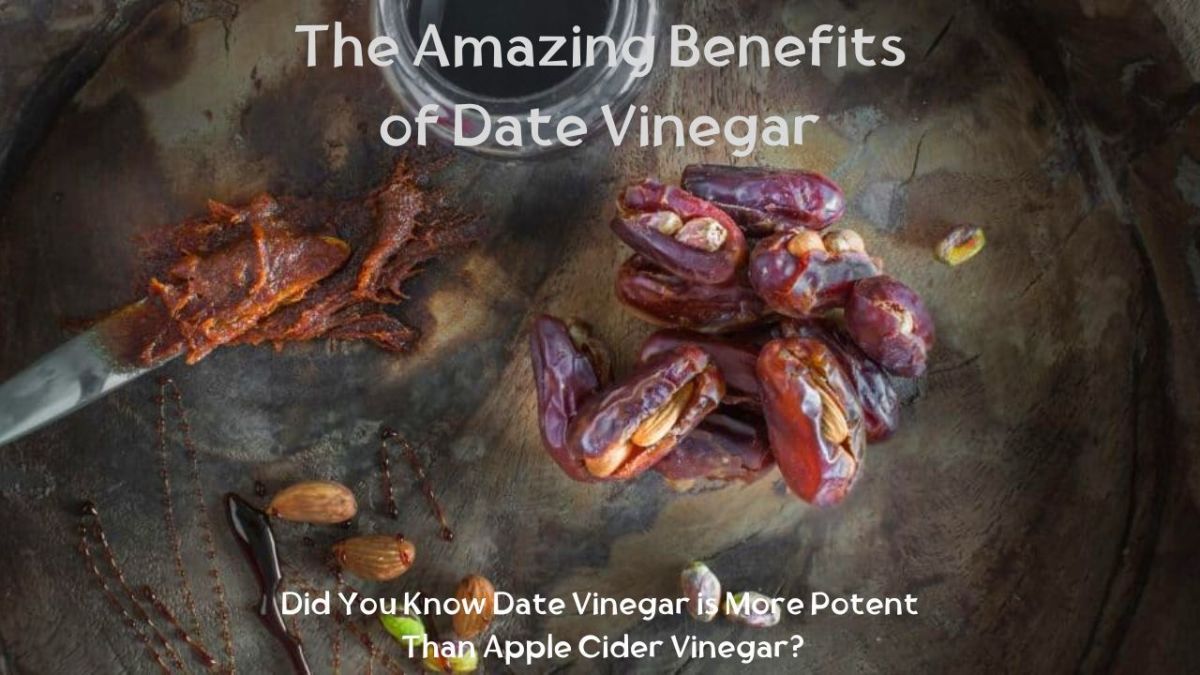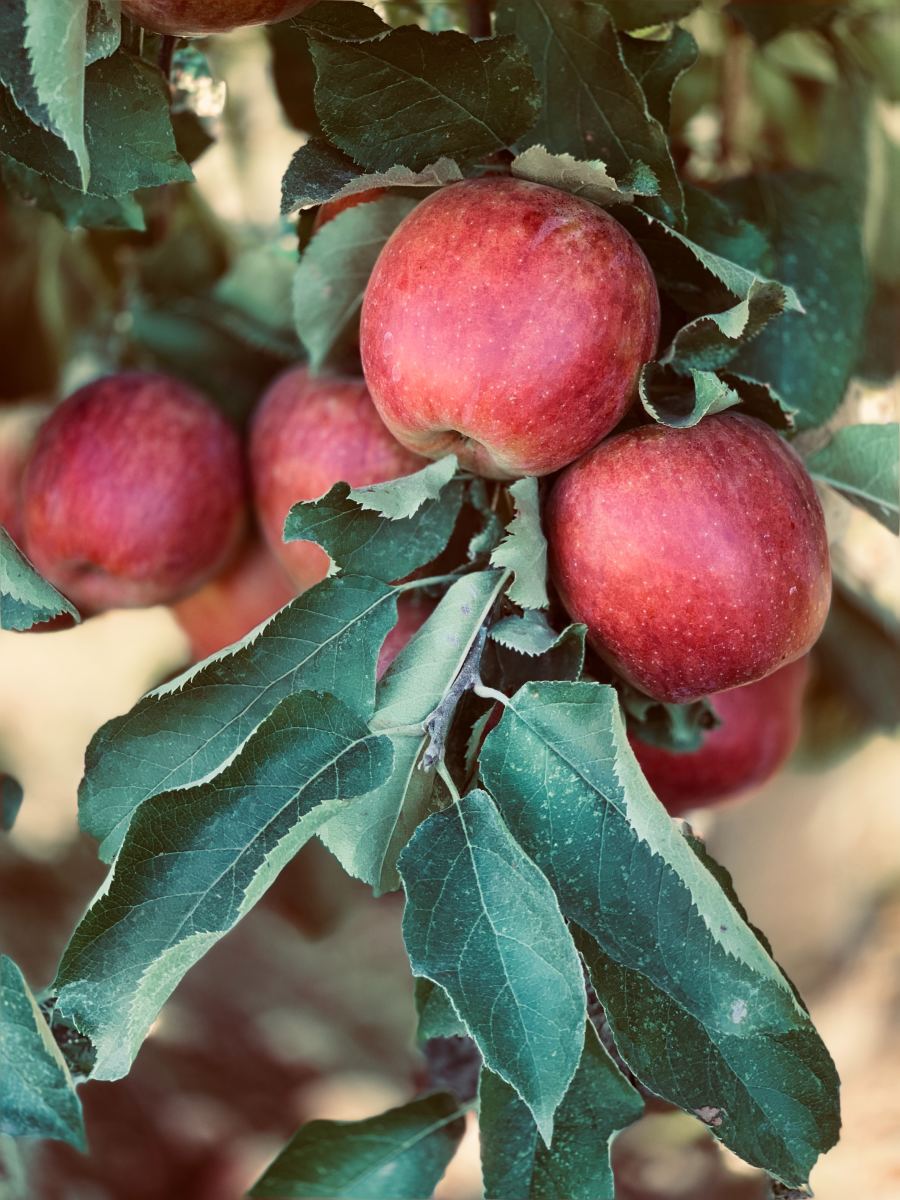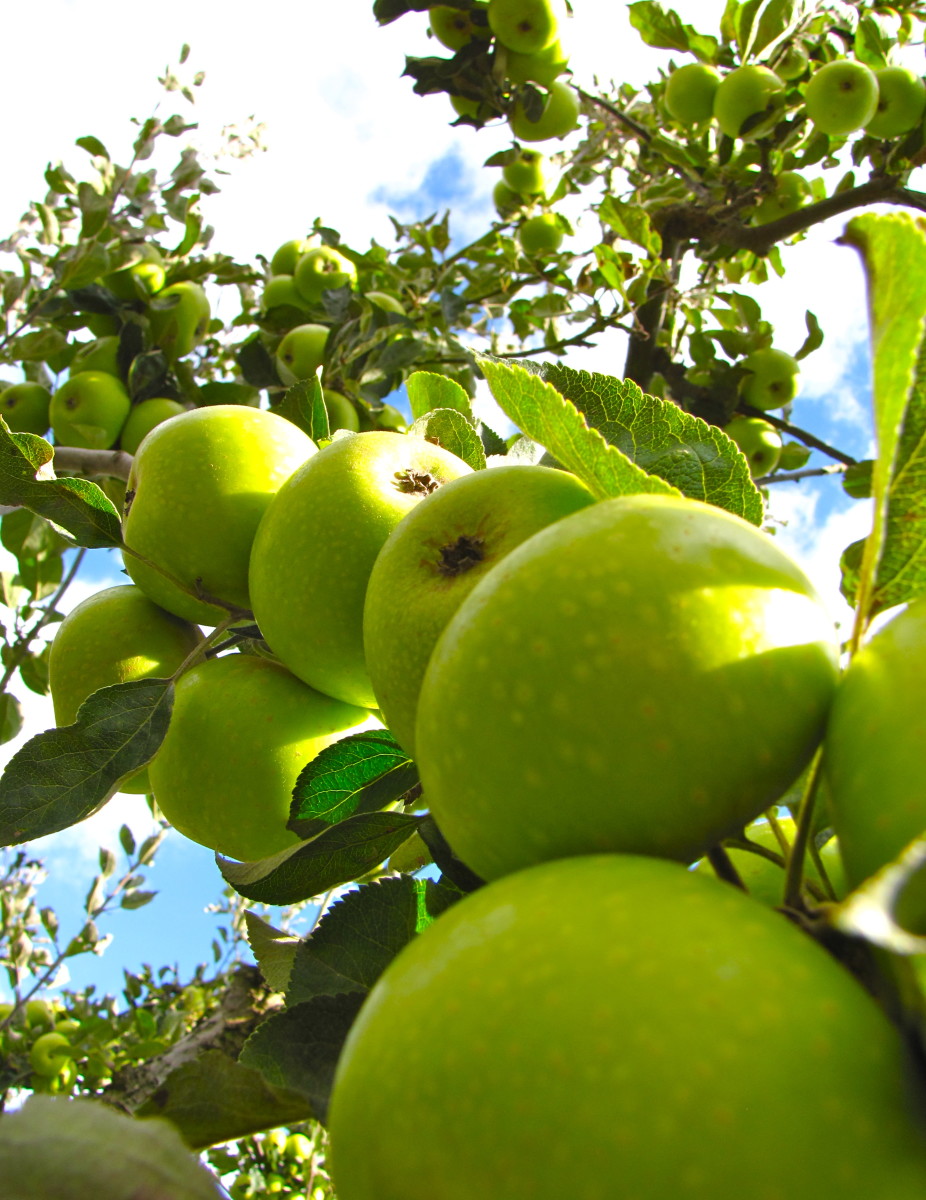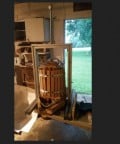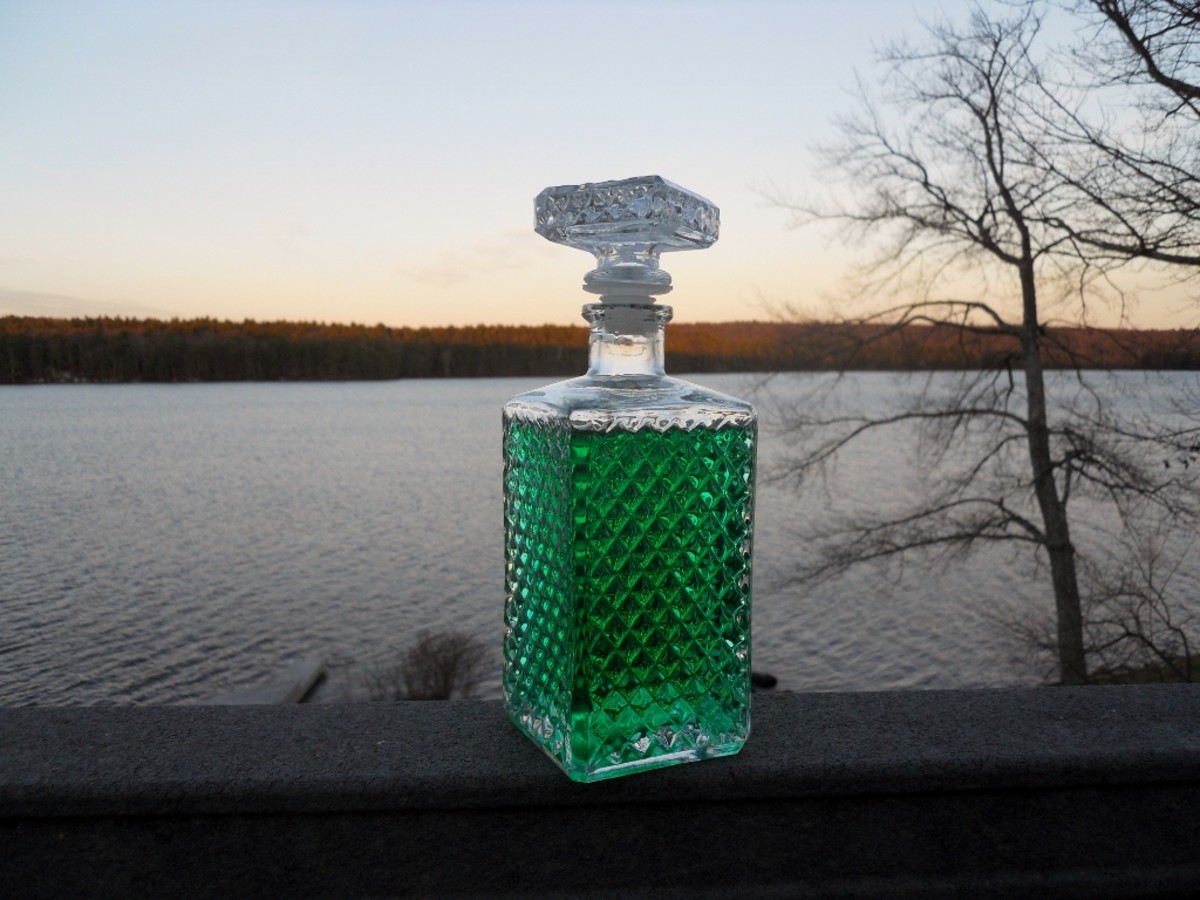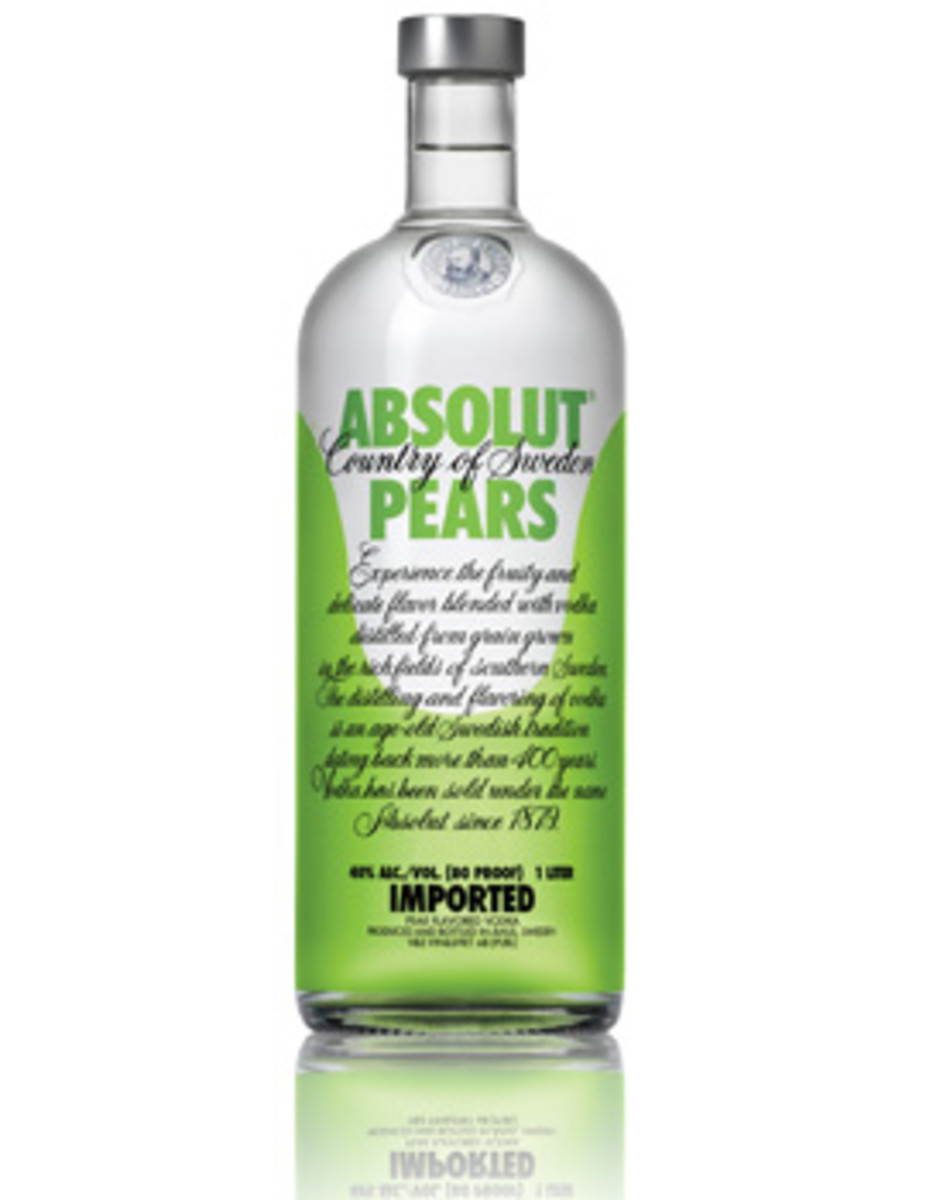Comparing Apple Beverages: Juice, Cider, Sparkling Cider, Hard Cider, Wine, and Brandy
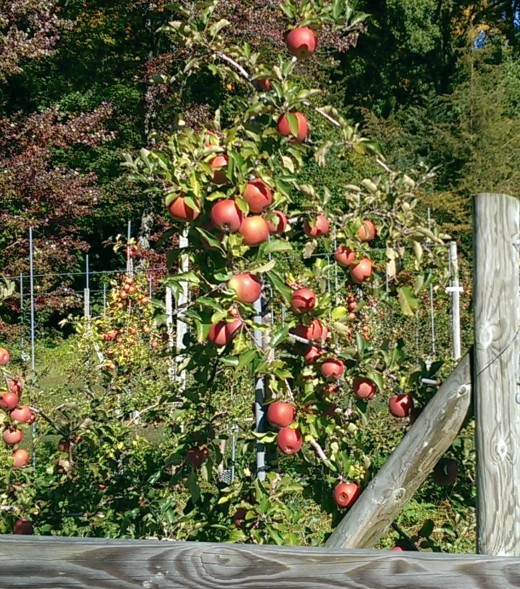
Apple Beverages Overview
An Apple a day keeps the doctor away -the old adage. But the beverages made from this thousands-of-years-old fruit (first discovered in Central Asia and the Middle East) continue to grow in popularity and provide us good stuff too.
Apple juice remains a staple on our supermarket shelves despite arguments about the dangerous levels of arsenic in some brands, courtesy of television’s Dr. Oz Show in 2011 featuring Dr. Mehmet Oz. Cider as the sweet, fresh-pressed, cloudy kind is called in the United States (U.S.), is usually plentiful in autumn. Sparkling apple cider continues to be enjoyed by those who prefer their bubbly non-alcoholic or gluten-free. Hard apple cider, apple wine, and apple brandy, drank for centuries before losing favor, have now risen from the ashes with boutique cideries, bars, festivals, and competitions.
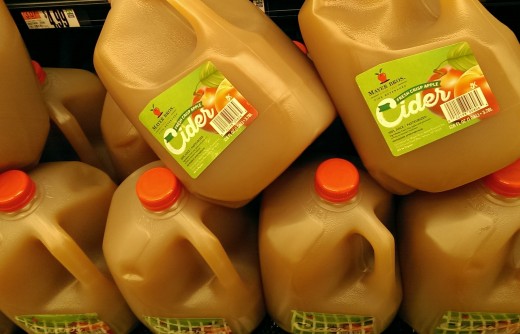
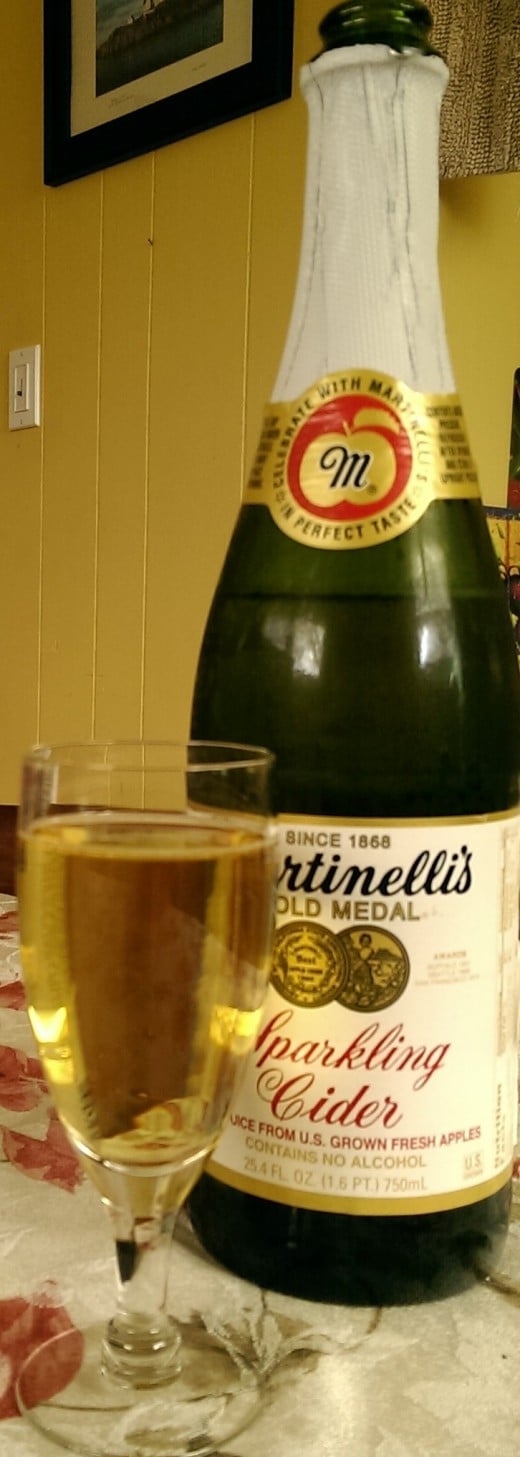
Difference between Apple Juice, Apple Cider, Sparkling Apple Cider, Apple Wine, and Apple Brandy
Apple Juice
There are two types of apple juice: the more familiar clear, filtered, pasteurized kind with added preservatives and the fresh-pressed, unfiltered, cloudy, sometimes unpasteurized, unfermented kind labeled cider or sweet cider in the U. S. and non-alcoholic or sweet cider outside the U.S.
Sparkling Apple Cider
Sparkling apple cider is carbonated, of varying sweetness, non-alcoholic, maybe pasteurized, maybe infused with preservatives such as sulfur dioxide, usually clear, often sold in champagne-shaped bottles, and found in abundance on store shelves during the holiday season.
Hard Apple Cider
Hard apple cider is apple juice or apple cider that may be unpasteurized, fermented, slightly carbonated, clear or cloudy, often golden in color, and contains between 5 to 7 percent alcohol on average. Sweetness varies from super dry to sweet.
Apple Wine
Apple wine is really hard apple juice with higher alcohol content than hard cider. Sugar is added to the fermentation process to increase the alcohol percentage to 10 to 12 before it is aged. Normally amber in color, acidity and pH are carefully considered for color as well as flavor and shelf life. The word wine was often interchanged with the word cider in hard cider.
Apple Brandy
Also called applejack, apple brandy is fermented apple juice that has been distilled and aged. Color ranges from golden to dark brown. Taste is smooth and slightly sweet with the fragrance of apples.
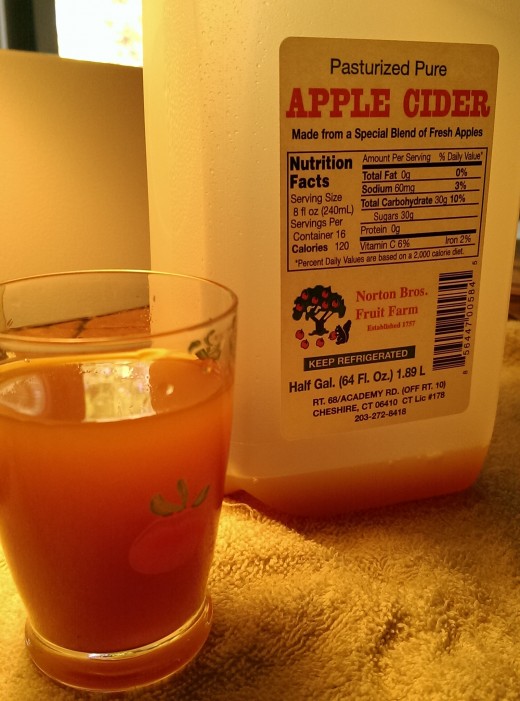
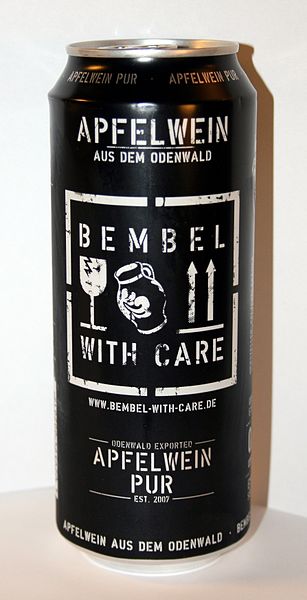
History of Apple Beverages
Apple Juice
The conquering Romans were responsible for spreading apple seeds throughout Europe and the United Kingdom. New varieties were cultivated exclusively for high society’s consumption either as raw fruit or in desserts, but juice was also made.
In the early 1700's, English settlers brought apples to the New World and cultivated them mainly for beverages. Fresh-pressed juice or cider was consumed with daily meals. According to a statistic from www.nycider.com, in 1767 the citizens of Massachusetts drank “1.14 barrels of cider per capita.”
In the 1980's, fresh apple juice -the clear kind- gained commercial success in the United States. By 1990, countries like Spain, West Germany, and Chile were major players in the field. In 2013, the U.S. Food and Drug Administration changed apple juice guidelines in favor of less arsenic levels, a move especially welcomed by parents.
Apple Cider (Sweet, Fresh-pressed, Cloudy)
Cider, the sweet, fresh-pressed, cloudy kind, was first enjoyed daily in the United Kingdom during the Middle Ages (5th to 15th century). There were numerous orchards and apple varieties. During New World colonialism, it was consumed, bartered, and sold by the early settlers. Their Puritan lifestyle and beliefs prevented them from fermenting it into alcohol. Soon orchards were created all over country not just in the Northeast. Today this kind of apple cider is exclusively a U.S. beverage.
Sparkling Apple Cider
This unfermented, filtered apple beverage was first made by California’s S. Martinelli & Company in the 1930's. When other big name juice producers saw its monetary potential, they jumped into the market.
Hard Apple Cider
Historic findings indicate alcoholic beverages called sikera were made from apples by ancient Greeks. In Medieval times (Middle Ages), it was drank daily along with the non-alcohol variety. After the Romans discovered its fervent consumption by their English conquests, they spread the beverage throughout Europe. In the New World, everyone was into hard cider by the 19th century until the introduction of beer and later Prohibition. Today hard cider is enjoying resurgence with a myriad of artisan distilleries.
Apple Wine
Apfelwein, as labeled in Germany, can be traced back to 1st century Greeks and Romans. www.germanfoodguide, article “Apfelwein (Apple Wine)” states that it was introduced into Spain as a remedy for scurvy, and into England via France in 1066 by William the Great. In the 16th century, it gained popularity. That continues today with over a thousand gallons produced annually. It is especially popular in Frankfurt.
Apple wine’s New World introduction is similar to that of hard apple cider. The industry is small but growing. It is produced by Northeast wineries in the U.S. and Canada. Ernest and Julio Gallo of California’s E & J Gallo Winery, the largest family-owned winery in the U.S., began making and selling apple wine in 1961.
Apple Brandy
This beverage, also produced by the colonialists, was drunk mainly in punch. In the very late 1700's, William Laird a Scottish distiller from New Jersey began fermenting, distilling, and aging applejack or apple brandy for himself, his friends, and his neighbors, according to the Laird Company’s website. Records show descendants began selling it in their 18th century inn. Production ceased with the 1920 Prohibition, but the company was granted a federal license to produce it for “medicinal purposes.” The process of manufacturing apple brandy later spread throughout the Northeast.
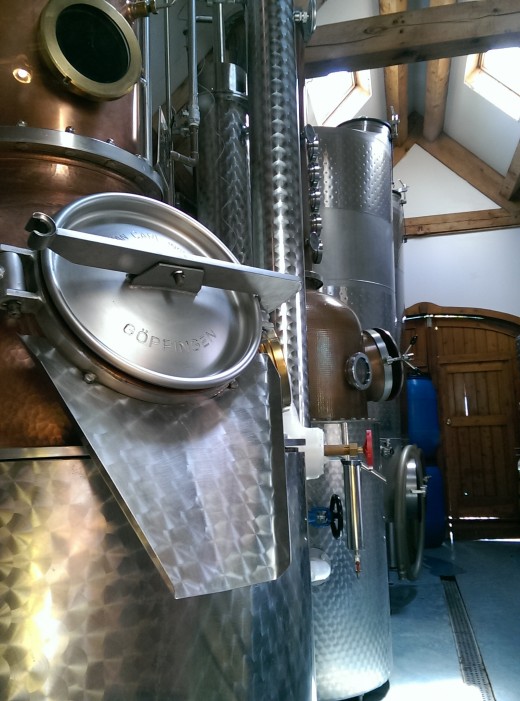
How to Make Homemade Apple Cider from Scratch
Making Apple Wine
How Are Apple Beverages Made?
Apple Juice
Apple juice is produced by pressing varieties of clean, fresh, sweet apples into a puree that is filtered and clarified, if desired to remove the pulp and skin residue which create the cloudiness, and then bottled. The clear apple juice on our supermarket shelves is further pasteurized to prevent spoilage and health issues. Frozen concentrated apple juice goes through an additional dehydration process.
Apple Cider
U.S. apple cider is processed as apple juice, but remains unfiltered or slightly unfiltered, un-clarified, usually unpasteurized, and unfermented.
Sparkling Apple Cider
Sparkling apple cider is apple juice or apple cider that has been carbonated with yeast, filtered, and perhaps pasteurized by temperature or ultraviolet (UV) light. Sweeteners such as sugar and other additives such as preservatives are often added. Most brewers also blend the beverage with other fruit juice such as grape, peach, cranberry, and black currant or flavorings and spices such as honey, butterscotch, caramel, vanilla, and ginger to create unique flavors.
Hard Apple Cider
Hard apple cider is simply apple cider that has been allowed to ferment and age, usually in oak barrels. Sugar or honey could be added for increased alcohol content. Yeast could be added to aid fermentation and thus bubbles. It is usually pasteurized for safety reasons. Manufacturers blend the drink with other fruit and spices to offer a variety of unique flavors as well. When making homemade hard apple cider, it is recommended you purchase cider without preservatives to allow fermentation.
Apple Wine
Apple wine follows the same process as any other wine-making but with a blend of apples (sweet, sharp, and bittersharp for flavor), if starting from scratch. If starting with already-prepared cider, preservative-less hard apple cider is used. Sugar or honey is then added to boost alcohol content to 12 plus percent. Acidity and pH balance is also be regulated. Additionally, if starting from scratch, the brew has to be fermented twice. Apple wine can be carbonated and aged for as little as two to four months. It is normally aged in oak barrels.
Apple Brandy
Apple brandy is fermented apple juice/ hard cider that is distilled in pot or column stills, aged in oak barrels for a period of time, and then bottled. Commercial brewers age their brandy for at least two years. One of the world’s best tasting and best known apple brandy is France’s Calvados. Originating from the lower Normandy region, it must be double distilled and aged for at least two years to bear the name.
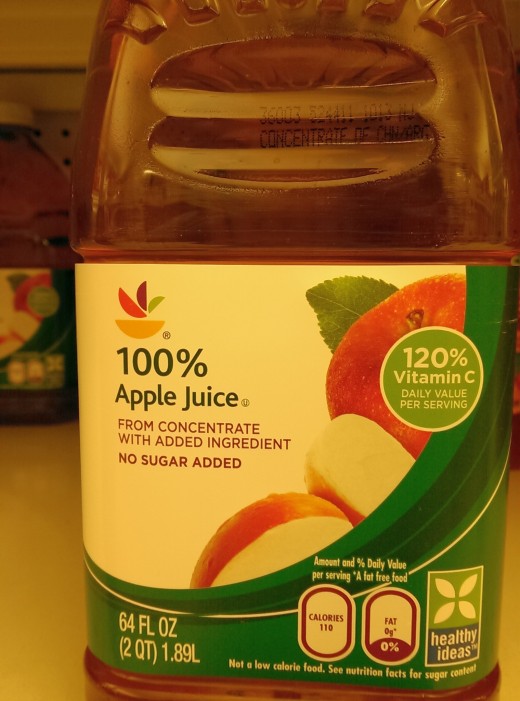
Nutritional Ingredients and Benefits of Apple Beverages
Apple Juice
For this section, the nutritional information of apple juice and U.S. apple cider is combined.
The clear apple juice on our store shelves is filtered and pasteurized. These processes remove most of the natural and beneficial ingredients from the juice. It loses peel, pulp, and pectin, which provide soluble and insoluble fibers; polyphenols and flavonoids, which act as antioxidants; minerals such as calcium, iron, copper, phosphorus, manganese, and the vitamins A, B2 or riboflavin, B3 or niacin, B6 or pyridoxine, C and K. All of the constituents mentioned remains in the fresh-pressed, natural, unfiltered, unpasteurized version the U.S. calls cider. It does have large sugar (and as such carbohydrate), potassium, and sodium content. Many brands replace lost vitamins A, C, and some minerals in their clear apple juice.
Research show apple juice nutrients beneficial in the following ways: Pectin or soluble fiber aids in lowering cholesterol and gastrointestinal health such as decreasing appetite, aiding digestion, removing toxins, and regulating bowel movements. The polyphenols and flavonoids decrease free radical cell damage, heart disease, arterial plaque buildup, diabetes type 2, and certain cancers. The vitamin A helps keep our vision healthy. The vitamins Bs help convert food into energy, remove harmful free radicals, and protect the production of white and red blood cells. Vitamin C also acts as an antioxidant, boosts our immune system, converts food into energy, and provides healthy skin, hair, and nails. The minerals help improve heart health, decrease chronic and age-related diseases such as asthma, bone density loss, arthritis, and Alzheimer’s. Potassium in particular, helps regulate our blood pressure levels and promotes proper cell and organ function.
Sparkling Apple Cider
Sparkling apple cider contains similar beneficial ingredients as fresh-pressed apple cider and thus performs similar work. However, it is high in calories: about 140 per ounce, according to www.livestrong.com article, “Nutrition Facts for Sparkling Cider” by M.H. Dyer.
Hard Apple Cider
Hard apple cider is found to be quite rich in antioxidants. But it is also quite rich in sugars thus carbohydrates and calories, and its vitamin and mineral contents are low. The antioxidant benefits are the same as the other types of cider beverages mentioned.
Apple Wine
Apple wine is high in carbohydrates and calories (sugars), high in alcohol content, has no vitamins, and negligible minerals.
Apple Brandy
Apple brandy as its beverage cousins is rich in antioxidants that help deter some cancers, chronic ailments, heart disease, and boost immunity. But it too is high in calories and alcohol.

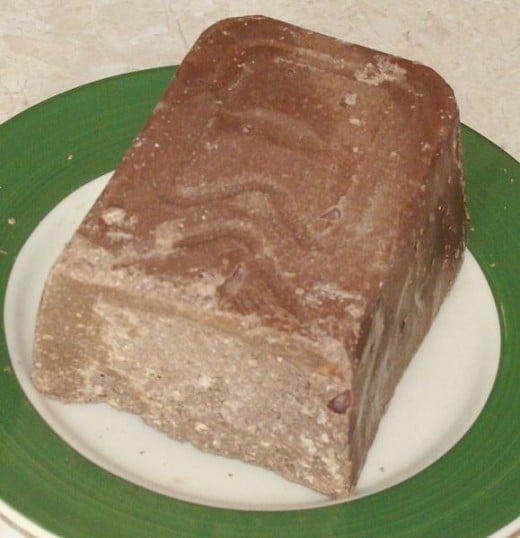

Apple Beverage Food Pairings
These are simply suggestions. It is recommended you rely on your own taste buds to match the fattiness, sweetness, acidity, flavors, and body of your meals with the apple beverages. If the bold flavors are balancing instead of overwhelming each other, you’re on the right track.
Apple Juice:
Barbecue chicken; chicken salad; beans, potatoes, squash; Camembert cheese and goat cheese, especially if fresh.
Apple/ Sweet Cider:
Apple desserts such as pies, donuts, tarts, and cakes; washed rind cheeses such as Arpeggio.
Sparkling Apple Cider:
Pork chops, barbecue, and other pork dishes; fried chicken; seafood dishes; roasted vegetables; pasta; cheeses such as cheddar and mixed milk varieties.
Hard Apple Cider:
Creamy dishes such as quiche, soups, fondues; pork, sausage, and seafood dishes, especially if barbecued or grilled; chicken, and other salads; mild curries; cheeses such as cheddar, blue cheese, Camembert, Gruyere, Gouda, goat, especially if on the young side or semi-firm. Tip: Pair dry cider with sweet Asian dishes and sausages such as pepperoni (great with pizza). Pair super or extra dry hard cider with raw seafood.
Apple Wine:
Hors d’oeuvres; cheese; fruit.
Apple Brandy:
Pork dishes; turkey dishes; fruity dishes; desserts; chocolates.
Note, apple cider (sweet or hard), apple wine, and apple brandy can also be used as ingredients in meals and in mixed drinks such as cocktails.
Side Effects of Apple Beverages
If you are allergic to apples, good bet you’ll be allergic to apple beverages. You may be also susceptible to harmful drug interaction. Check with your medical provider before consuming, especially if you’re on medications such as insulin and blood thinners.
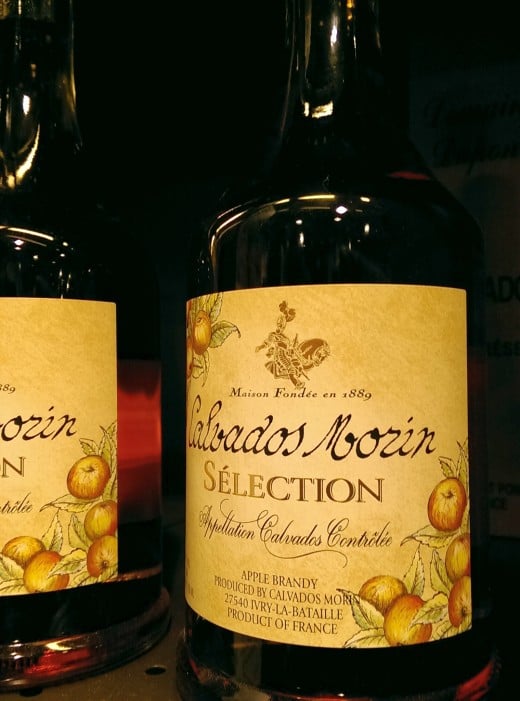
Additional Facts about Apple Beverages
- In October 2013, New York’s Governor Andrew Cuomo signed the Farm Cidery bill, basically stating local brewers use New York State apples exclusively in their beverages.
- In Texas, Argus Cidery, which started in 2010, is creating wonderful unique flavors of cider for consumption.
- In 2015, Wassail, a cider bar-restaurant opened in New York City. In 2014, Chicago opened its first cider bar called The Northman serving the drink from tap, bottle, can, and cask. Bars and bar-restaurants devoted to cider such as Capitol Cider, which opened in 2013, are also found in the West.
- Virginia has an annual cider week celebration with tastings, food, workshops, and other happenings. Cutchogue in Suffolk County, New York has “Pour the Core.”
- Upstate New York’s Warwick Valley Winery & Distillery, which received its license to make hard cider in 1993 and open the first distillery in the HudsonValley since prohibition in 2001, has been earning top medals for its Doc’s Draft Hard Apple Cider in local competitions.
- In October 2013, New York’s Governor Andrew Cuomo signed the Farm Cidery bill, basically stating local brewers use New YorkState apples exclusively in their beverages.
- In Texas, Argus Cidery, which started in 2010, is creating wonderful unique flavors of cider for consumption.
- In 2015, Wassail, a cider bar-restaurant opened in New York City. In 2014, Chicago opened its first cider bar called The Northman serving the drink from tap, bottle, can, and cask. Bars and bar-restaurants devoted to cider such as Capitol Cider, which opened in 2013, are also found in the West.
- Virginia has an annual cider week celebration with tastings, food, workshops, and other happenings. Cutchogue in Suffolk County, New York has “Pour the Core.”
- Upstate New York’s Warwick Valley Winery & Distillery, which received its license to make hard cider in 1993 and open the first distillery in the HudsonValley since prohibition in 2001, has been earning top medals for its Doc’s Draft Hard Apple Cider in local competitions.
- October is National Apple Month.
- Laird’s Distillery in New Jersey is the oldest in the United States. It was established in 1780. But transplanted Scotsman William Laird actually began making apple brandy in 1698.
- One of the reasons the early settlers fermented cider was to increase its shelf life.
- Currently, the North New Englanders, seem to be the largest consumers of cider in the United States.
- Normandy and Brittany in Northern France, said to have the largest number of cider breweries.
- U.S. Congress is considering a bill to tax cider containing over 7 percent alcohol more like beer and wine, its competitors, as oppose to champagne, like it currently does.
- The first orchard in the United States was in Boston Massachusetts’ Beacon Hill area circa 1625.
-Today every state in the United States grows apples. Thirty-two of them do it commercially.
- Sour apple is native to the United States.
- There are over 7, 500 different varieties of apples grown in the world.
Apple Beverages Current Market
As mentioned, there has been resurgence in the apple beverage interest, especially craft hard cider and brandy. Cideries, though more expansive in the Northeast, are popping up all over the U.S. in direct competition with craft beers. It has been estimated that there are about 241 cider breweries in the U.S. alone. The rise in concern about gluten allergies seems to be one key factor. There are bars, festivals, competitions, and clubs exclusively devoted to hard apple cider.
According to Shani Li’s 2014 Los Angeles Times article “Americans Rediscovering a Taste for Hard Cider,” U.S. cider sales rose to $600 million in 2013. The article, “Hard Cider Is Having A Moment” on www.fivethirtyeight.com written by Jonah Keri, January, 2015, a market research company in Chicago, found that hard cider was the “fastest-growing segment of the beer and flavored malt beverages” market. Angry Orchard made by a Boston company, has top billing in U.S. markets. Woodchuck of Vermont is second. Large and well-known makers of beer and alcohol such as MillerCoors, Busch InBev are also staking claim in this ever-growing marketplace.
Hard Cider’s Target Customer
Since the alcohol content in hard cider is below 10 percent, it is found to be a favorite among females. So much so it is coined a “girlie drink.” However, brands are seeking ways to market the beverage to men by increasing its alcohol content, producing less fruity flavors, and creating ads using words which denote power.
World Market
Hard apple cider, in particular is enjoying popularity in European markets too. Dry apple cider is highly favored in the United Kingdom, especially Britain and Ireland. England’s Strongbow has been going strong, pun intended, worldwide since 1962. France’s Calvados, is considered the world’s best apple brandy (In the U.S. its Laird’s.).
Could a craft pear beverage surge be next?
